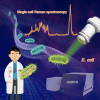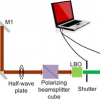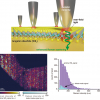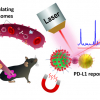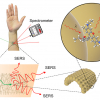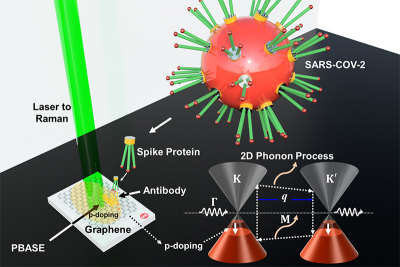
The researchers combined sheets of graphene with an antibody designed to target the infamous spike protein on the coronavirus. They then used Raman spectroscopy to measure the atomic-level vibrations of these graphene sheets when exposed to COVID-positive and COVID-negative samples in artificial saliva. These sheets were also tested in the presence of other coronaviruses, like Middle East respiratory syndrome or MERS-CoV.
They found that the vibrations of the antibody-coupled graphene sheet changed when treated with a COVID-positive sample, but not when treated with a COVID-negative sample or with other coronaviruses. Results were evident in under five minutes.
“We have been developing graphene sensors for many years. In the past, we have built detectors for cancer cells and ALS. It is hard to imagine a more pressing application than to help stem the spread of the current pandemic”, said Vikas Berry, professor and head of chemical engineering at the UIC College of Engineering. “There is a clear need in society for better ways to quickly and accurately detect COVID and its variants, and this research has the potential to make a real difference. The modified sensor is highly sensitive and selective for COVID, and it is fast and inexpensive.”
“This project has been an amazingly novel response to the need and demand for detection of viruses, quickly and accurately”, said study co-author Garrett Lindemann, a researcher with Carbon Advanced Materials and Products, or CAMP. “The development of this technology as a clinical testing device has many advantages over the currently deployed and used tests.”
“Graphene is just one atom thick, so a molecule on its surface is relatively enormous and can produce a specific change in its electronic energy”, Berry said. “In this experiment, we modified graphene with an antibody and, in essence, calibrated it to react only with the SARS-CoV-2 spike protein. Using this method, graphene could similarly be used to detect COVID-19 variants.”








